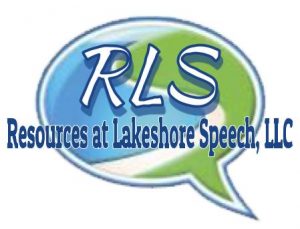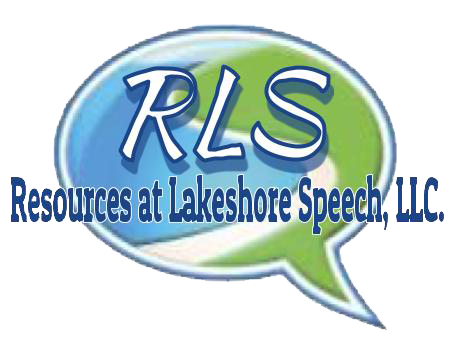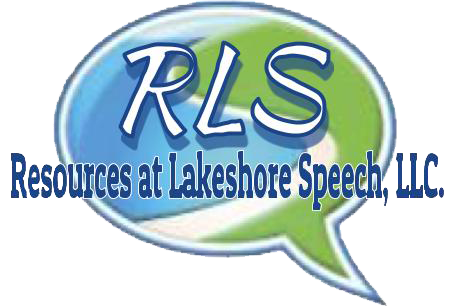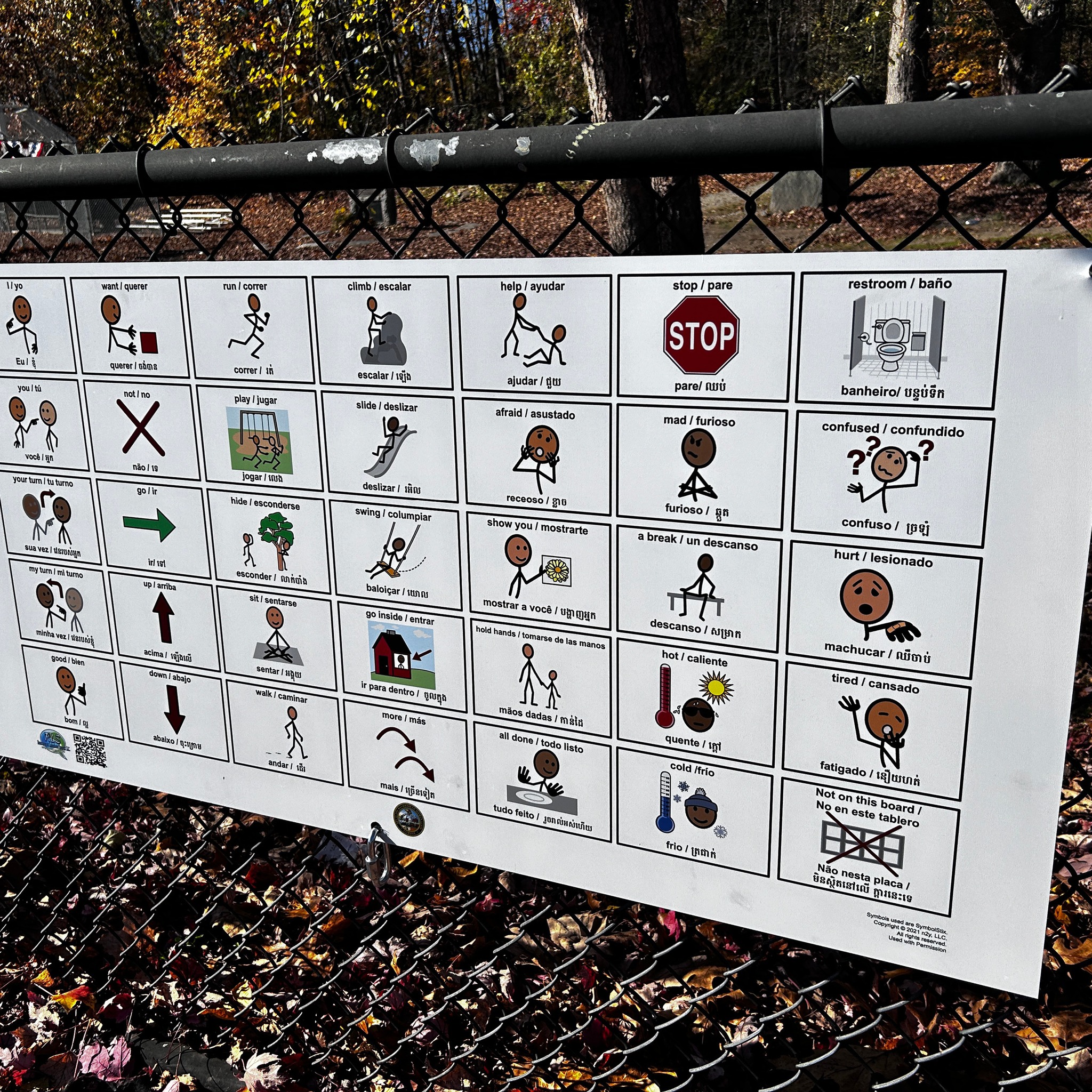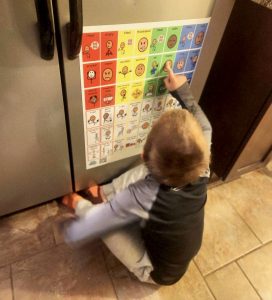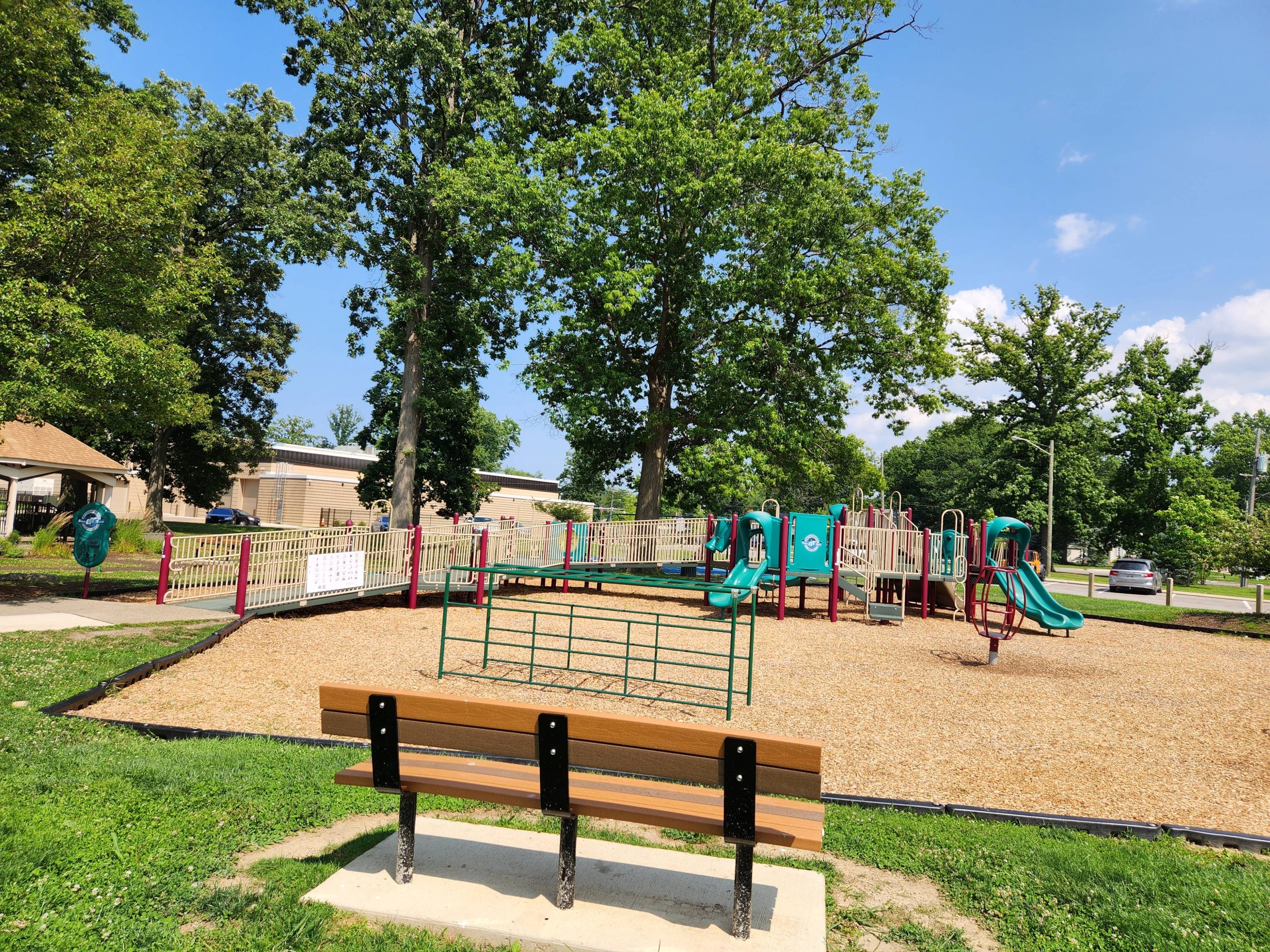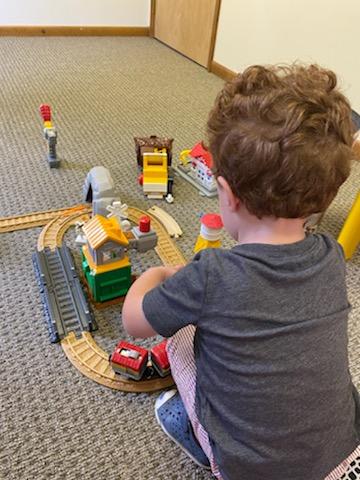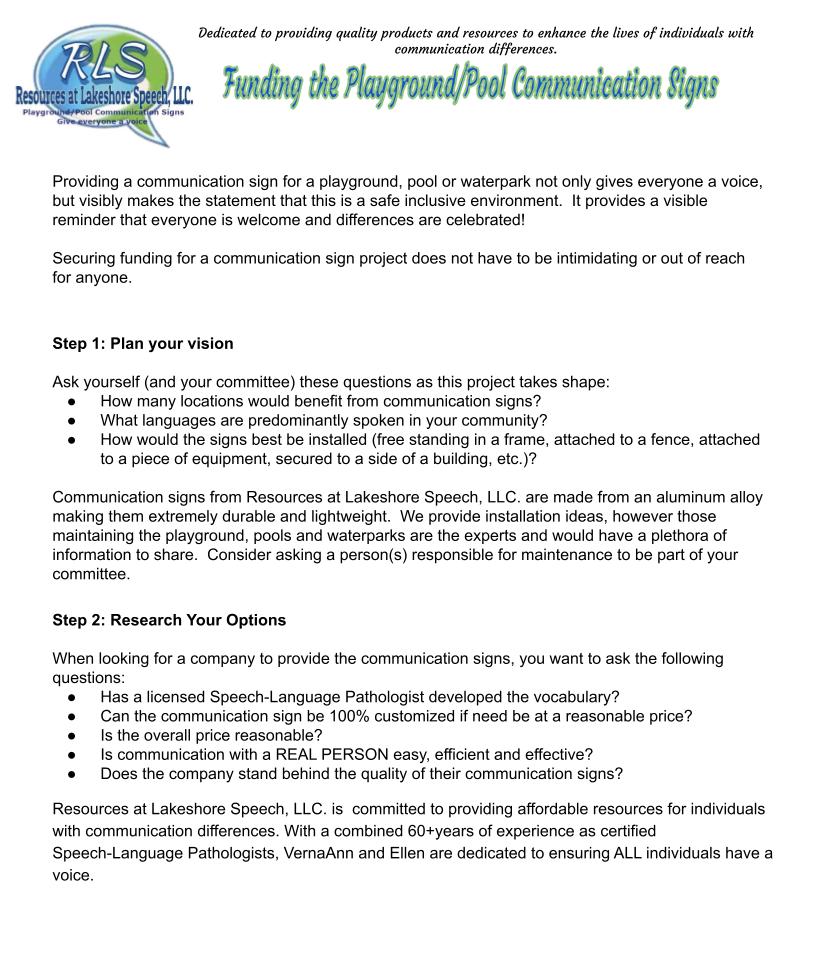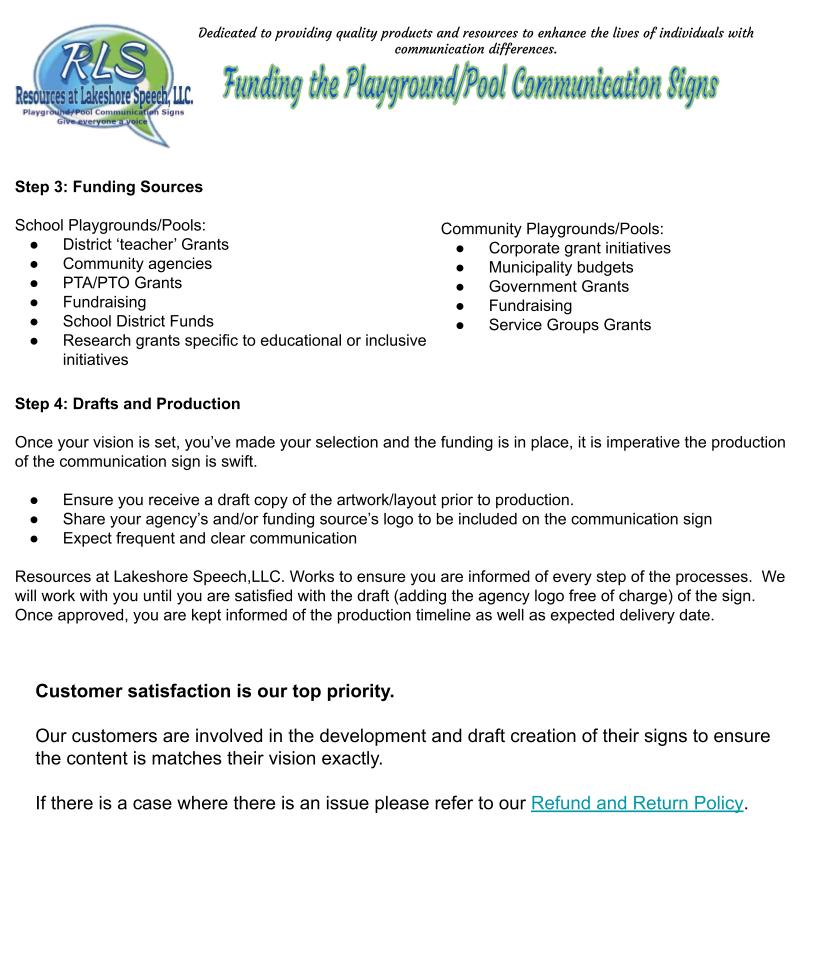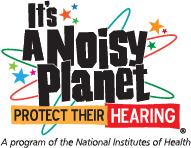July marks Parks and Recreation Month, a time to celebrate the vibrant public spaces. We turn our focus on Lowell, Massachusetts, where an innovative approach to inclusivity has made a significant positive impact on the community.
Continue readingHow To Help Navigate Emotions: Emotional Balance Communication Boards
How To Look at Access: Increase Playground Accessibility For Everyone
Access to playgrounds in more than physical. This week’s blog focuses on access for everyone.
Continue readingHow to Make Play an Important Part of the Day
Play is important at all stages of child development. Play is the ‘work’ of childhood.
Continue readingHow to Prepare for Gift Giving and Receiving
Getting and giving gifts can be exciting but hard for some individuals. Preparing for this time of the year helps to make everyone’s celebration special.
Continue readingHow to Fund Playground Communication Boards
9 Easy Ways to Create Sensory Friendly Holiday Decor
The holiday season is a time of joy, celebration, and togetherness. We’ll explore how to create a sensory-friendly holiday environment by making thoughtful choices in your decorations.
Continue readingNational Audiology Awareness Month!
October celebrates many worthy causes and organizations. Our brothers and sisters in Audiology are recognized in October as it is National Audiology Awareness month!
Hearing is something taken for granted too often. While it is a true fact that hearing acuity decreases with age, taking steps to preserve hearing is important at all ages. The National Department of Human Services “It’s a Noisy Planet Protect Their Hearing” Campaign shares important information and reminders for parents of child of all ages.
Sound that is 85 decibels or higher may cause hearing loss. The volume and length of time spent listening to sound at an elevated level as well as the proximity to the source, the more damage can occur to your hearing. Our environment is filled with sounds that are well over 85 decibels (dB), some you probably have never considered.
|
|
|
We all need to be mindful of what and how long we are exposing our children and ourselves to damaging sounds. Damage can build up over time. Simple ways to decrease the risk of hearing loss are move away from the sound source, wear hearing protectors (earmuffs, earplugs, etc) and turn the volume down, especially when wearing headphones/earbuds.
Take time this month to pay attention and make positive changes to preserve your hearing that of those you love. More information can be found at the “It’s a Noisy Planet” website.
Yours in Speech,
Lakeshore Speech Therapy, LLC.
Down Syndrome Awareness Month
October celebrates National Down Syndrome Awareness month. During the month of October, take time to put aside the candy corn and pumpkins and learn more about how you and your family can celebrate the abilities and accomplishments of individuals with Down Syndrome.
Some basics about Down Syndrome.
- A person with Down Syndrome rocks an extra pair of chromosomes, resulting in individuals with Down syndrome have 47 instead of the usual 46 chromosomes.
- Approximately 400,000 Americans have Down Syndrome.
- One in 700 babies are born with Down Syndrome.
- Down syndrome was first studied and described by a doctor named John Langdon Down.
Organizations that work to ensure an individual with Down Syndrome has the services, therapies and help they (and their families) need to be successful can be found throughout the greater Cleveland area.
Gigi’s Playhouse of Cleveland is a wonderful agency providing social, educational and support programs for individuals ages birth through adulthood. Make the pledge and find out more about how YOU can become part of Generation G.
The Up Side of Downs of NorthEast Ohio has been supporting, educating and advocating for people with Down Syndrome (and their families) since the 1980’s. From tennis to yoga to dances and more, this incredible organization has a calendar full of activities and resources for you to explore!
Connecting for Kids! Provides support and education to families and children throughout Northeast Ohio. Looking to better understand a diagnosis, resources and support, please take a moment to investigate this outstanding resource.
Lakeshore Speech Therapy, LLC. would like to share our most sincere well wishes, support and admiration for our friends thriving with Down Syndrome and their families. Our world is better because of you!
Yours in Speech,
Lakeshore Speech, LLC
